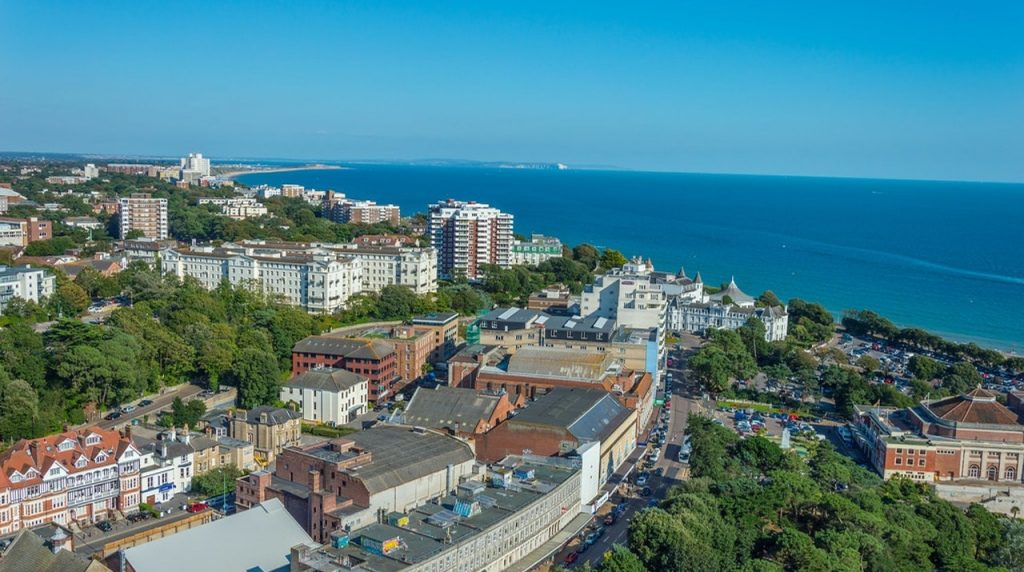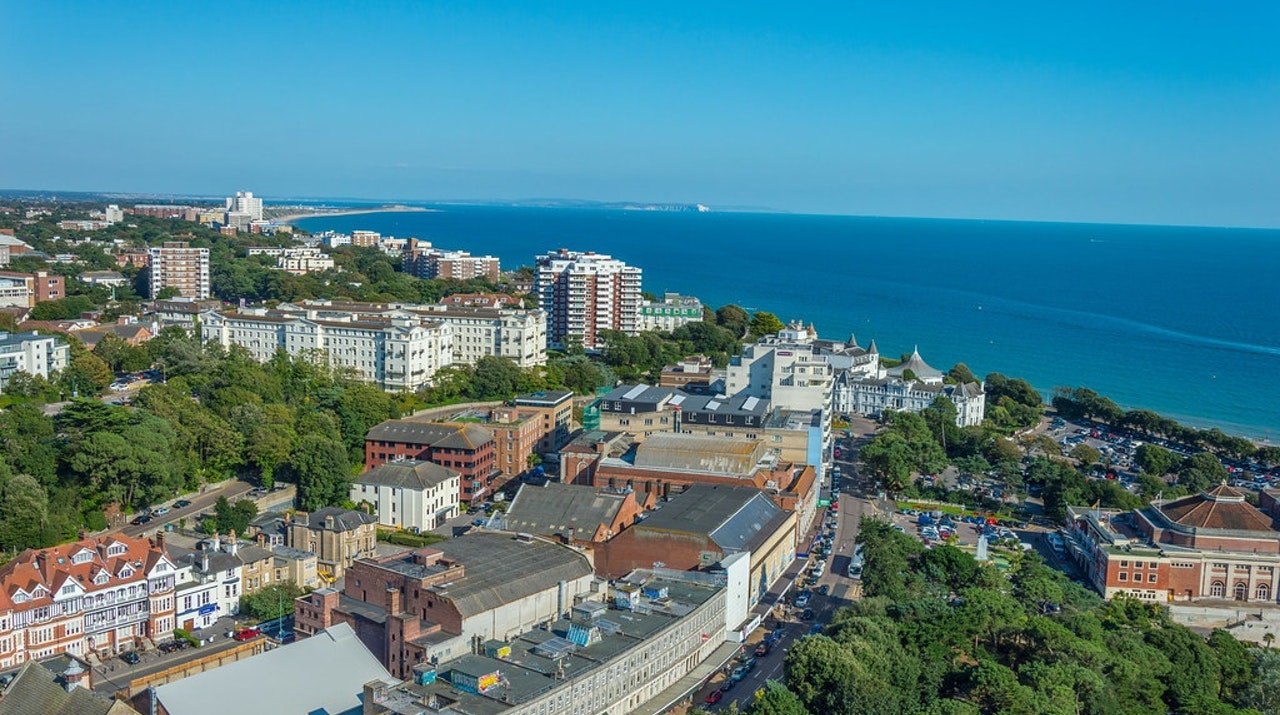Cold Over Warm Seas Builds Frontal Bournemouth Weather
Cold Over Warm Seas Builds Frontal Bournemouth Weather – Air masses are almost always on the move. The heat generated by our Sun reaches us in pulses which are not always equal and this powerful energy has tremendous influence on our either. The boundary between two air masses is termed a weather front. There are two kinds. A cooler or cold air mass will usually replace a warmer one, as the warmer mass is always pulled upward. This action creates what is called a cold front. The Bournemouth weather is generally made up of frontal systems.
On the other hand, if the reverse happens and a mass of warmer air rides in. it will ride up and over the cold air mass – cool and clouds will be formed. In the beginning, they’ll be high cirrus clouds, but will grow in weight and become midlevel clouds. Eventually they become thick Stratus clouds that produce wind and precipitation.

Cold fronts produce a more volatile type of weather than does a warmer atmosphere. A cold front meeting warmer air, forces the air upward at a sharp angle and this swift upward thrust causes instability in both air masses. Huge cumulus clouds are created as they puff out tons of water vapor that triggers a line of storms all the way along the boundary of the air mass. The fast rising air forces in an area of low pressure behind it causing very strong winds as the system quickly fills the void. Sometimes a cold front overtakes a slower moving warm front. When that happens, the warm air finds itself attached to the other, and the two fronts continue moving in tandem. The boundary line between them is called an occluded front. daftar joker123
Stratus clouds and light rain or snow usually accompanies occluded fronts. As two air masses meet, sometimes neither has the strength to replace the other and becomes a stationary front. During this time clouds and lengthy periods of precipitation occur. These fronts slowly diminish over a few days. Occasionally the stationary front can be disturbed by a spinning warm or cold air mass. Stationary weather fronts are likely to occur in summertime.
In our world, nothing stores heat more effectively than sea water. Seawater heats up or cools down more slowly than the land surrounding it. With the oceans occupying more than seventy percent of the planet’s surface, this property found within seawater means that the ocean currents will carry warmer water to many different parts of the planet. These warmer ocean currents will affect the surface temperatures of the surrounding landmasses. The Gulf Stream historically moderates climate in Great Britain. This Island nation is amazingly warmer than most other countries found at the same latitude. On the other hand, the coastal regions of California are cooled by the action of what is called the Californian Current.
Cold meeting over warm seas build frontal weather systems. Winter storms in the eastern U S are created when the polar air stream encounters the warmer air found above the warmer current. When chilly polar air mingles with the warm air above warmer sea surfaces, frontal weather systems are created. Since water heats and cools more slowly, minimum and maximum sea temperatures usually pause behind the winter and summer solstices by a few weeks. This pause intensifies the variance between land and sea temperatures.

